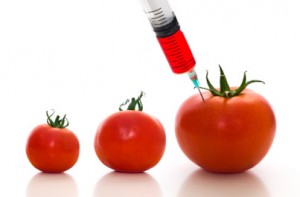Human as we are, or aren’t, (yeah, Cyborgs – I’m talkin’ to you) we are inherently social creatures. As the digital age progresses we have not only created newer, swankier filters for our Instagram photos, but worked our way toward crafting an entirely novel dimension of sociality. Supplementary to the broader sense of culture is what has come to be known as “cyberculture”. The basis of such a thing, according to Arturo Escobar, is formed by the orders of technosociality and biosociality.
Escobar defines biosociality as “a new order for the production of life, nature, and the body through biologically based technological interventions”
Why does this matter?
1. Medicine

A) Genetic testing: without technology, you’d never know you were related to the 4th King of England, who your baby-daddy actually turned out to be, or your vulnerability to inherited diseases.
B) Pharmacogenomics: analyzes how particular individuals react to drugs due to their genetic makeup, paving the way for futuristic personalized medicine.
C) Pharmaceutical drug production and discovery: if there’s a cure for cancer out there somewhere, we’re certainly not going to find it unaided by technology.
2. Agriculture
A) Genetically Modified Organisms (GMO’s): crops that are often easier to grow with limited pesticides and boosted nutrition, but also raise concerns over allergies and superweeds.

3. Industry
A) White biotechnology: the practice of using cells to generate industrially useful products (for industries such as chemical, food, detergent, and textile).
Technosociality, on the other hand, is more broadly defined as a “process of sociocultural construction set in motion in the wake of new technologies”. We are far past beginning to define our social worth in terms of technology.
“You have a flip phone? That’s so 2006.” (Okay, no one actually says that) The point is that much of our social presence is defined and determined by our digital savvy. Friends and acquaintances expect to be able to stalk you on Facebook, potential employers scout you through Twitter, and your little sister likes to keep in touch through Snapchat. Additionally, we’ve entered an age in which the tagline “pics or it didn’t happen” has become frighteningly common. Instagram and Facebook reign King and Queen of the photo-sharing world in which the pictures you upload largely determine others’ (and our own) perception of our worth.
As we further develop these new forms of the social world, it is important that we are aware of these changes and react appropriately. A simple “he doesn’t have a Facebook” labels one as a technosocial outcast, and in today’s modernity that is becoming increasingly deleterious.
If you’re one of such outcasts check out Twitter, Facebook, Instagram, or Blogger to get a #handle on your online self.
Biosociality and technosociality merge to create one larger dimension of cyberculture in which we interact and innovate in the twenty first century. Awareness of one’s cultural surroundings are key and as technology continues to shape our culture the time has come where, like it or not, technological ignorance is no longer a viable option.